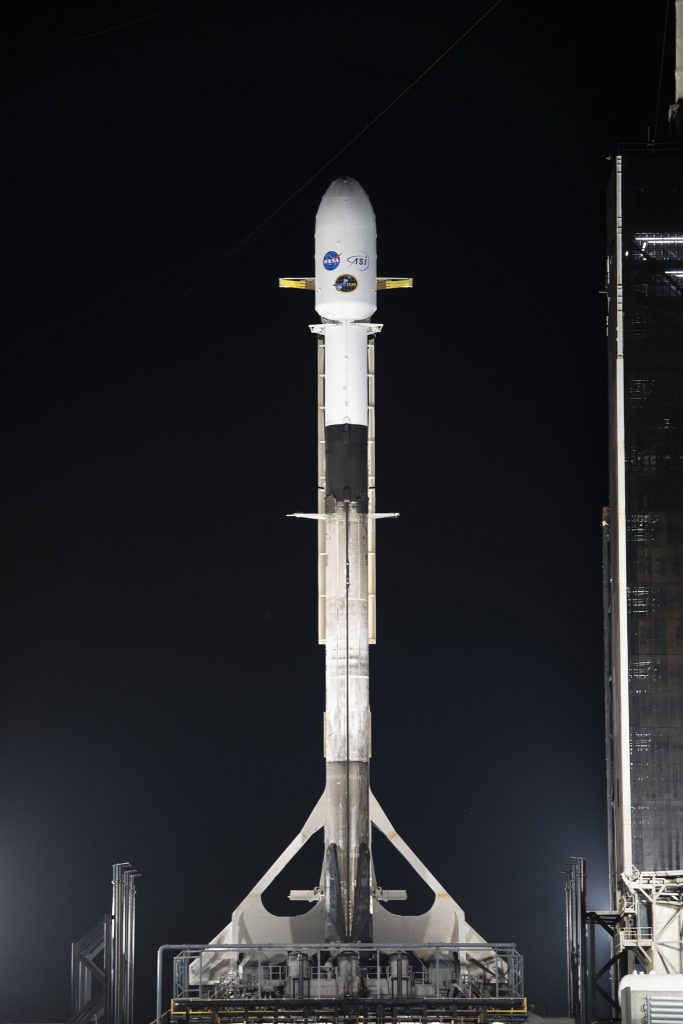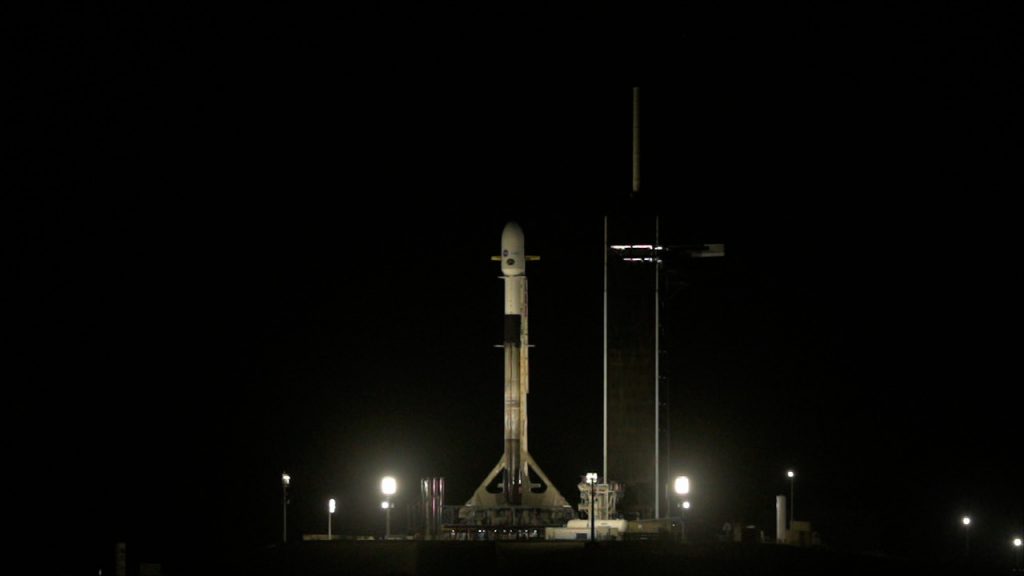
Here are some fun facts you may not know about NASA’s Imaging X-Ray Polarimetry Explorer (IXPE) mission:
- IXPE will study targets over a broad range of types of astronomical X-ray sources with emphasis on black holes and neutron stars.
- The mission will accomplish, for the first time, high-sensitivity measurements of the polarization of X-rays coming from some of the most exciting types of astronomical objects – neutron stars and black holes.
- The mission will accomplish, for the first time, imaging X-ray polarization measurements from extended objects such as exploded stars and jets attached to super-massive black holes.
- IXPE is the first Launch Services Program (LSP) mission to launch from Kennedy’s Launch Complex 39A.
- The mission involves the first use of Kennedy’s Launch Control Center Firing Room 4 for the launch of an LSP mission.
- IXPE is the second LSP mission to fly a previously flown Falcon 9 booster.
Stay right here for continued blog coverage, or tune in to NASA Television, the NASA app, or the agency’s website, which started at 12:30 a.m. EST, for live broadcast coverage of IXPE launch day activities. Launch is set for 1 a.m. EST from NASA’s Kennedy Space Center in Florida.

